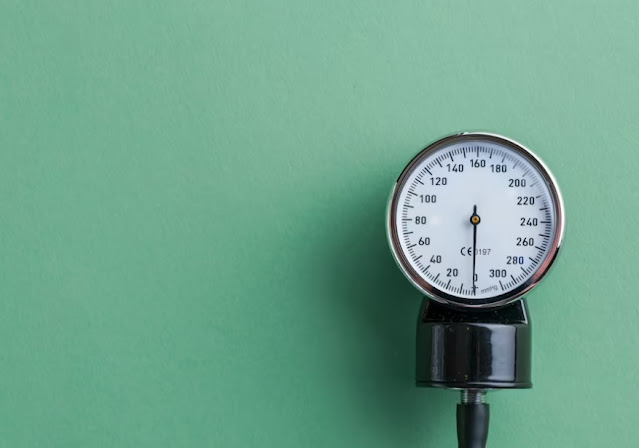Mastering Blood Pressure Measurement: The Vital Role of Sphygmomanometers
 |
| Sphygmomanometers |
In the realm of healthcare, accurate blood pressure
measurement is paramount for assessing cardiovascular health and managing
various medical conditions. Central to this process is the sphygmomanometer, a
device designed to measure blood pressure by occluding arterial flow
temporarily. In this blog, we delve into the significance of Sphygmomanometer in clinical practice,
exploring their functionality, types, and importance in achieving reliable
blood pressure readings.
Functionality and Operation
Sphygmomanometers operate on the principle of applying external pressure to the brachial artery to temporarily occlude blood flow. The cuff, typically inflated with air, compresses the artery while a healthcare provider listens for characteristic sounds known as Korotkoff sounds using a stethoscope. As the cuff pressure is gradually released, these sounds change, allowing for the determination of systolic and diastolic blood pressure values. This auscultatory method remains a standard practice in clinical settings worldwide, providing accurate and reliable blood pressure measurements.
Types of Sphygmomanometers
Sphygmomanometers are available in various types, each with its own unique features and applications. Traditional mercury sphygmomanometers, consisting of a column of mercury in a glass tube, have long been regarded as the gold standard for blood pressure measurement due to their high accuracy. However, concerns regarding mercury exposure and environmental safety have led to the development of alternative options. Aneroid sphygmomanometers, equipped with mechanical pressure gauges, offer portability and convenience without the use of mercury. Digital sphygmomanometers, powered by electronic sensors and displays, provide quick and easy-to-read blood pressure readings, making them suitable for both clinical and home use.
Clinical Applications and Importance
Accurate blood pressure measurement is essential for diagnosing and managing hypertension, a prevalent risk factor for cardiovascular disease and stroke. Sphygmomanometers play a crucial role in routine clinical assessments, allowing healthcare providers to monitor blood pressure trends over time and adjust treatment strategies as needed. Regular blood pressure monitoring is particularly important for individuals with hypertension or other cardiovascular risk factors, as it enables early detection of complications and facilitates timely intervention to prevent adverse outcomes.
Challenges and Considerations
While sphygmomanometers are invaluable tools in clinical practice, several challenges and considerations must be addressed to ensure accurate blood pressure readings. Proper technique and equipment calibration are essential for obtaining reliable measurements, as errors can lead to misdiagnosis and inappropriate management. Additionally, variations in cuff size, placement, and patient positioning can impact measurement accuracy, underscoring the importance of standardized procedures and ongoing training for healthcare providers.
Sphygmomanometers play a pivotal role in blood pressure measurement, providing valuable insights into cardiovascular health and guiding clinical decision-making. From traditional mercury devices to modern digital alternatives, these essential tools continue to evolve, driven by advancements in technology and clinical practice. By mastering the art of blood pressure measurement with sphygmomanometers, healthcare providers can effectively assess cardiovascular risk, monitor treatment efficacy, and improve patient outcomes.



Comments
Post a Comment